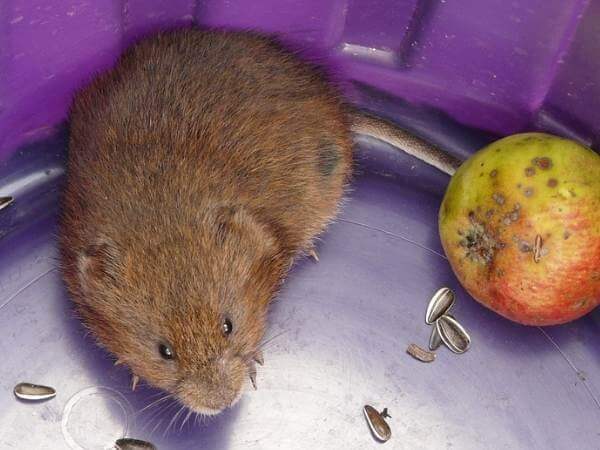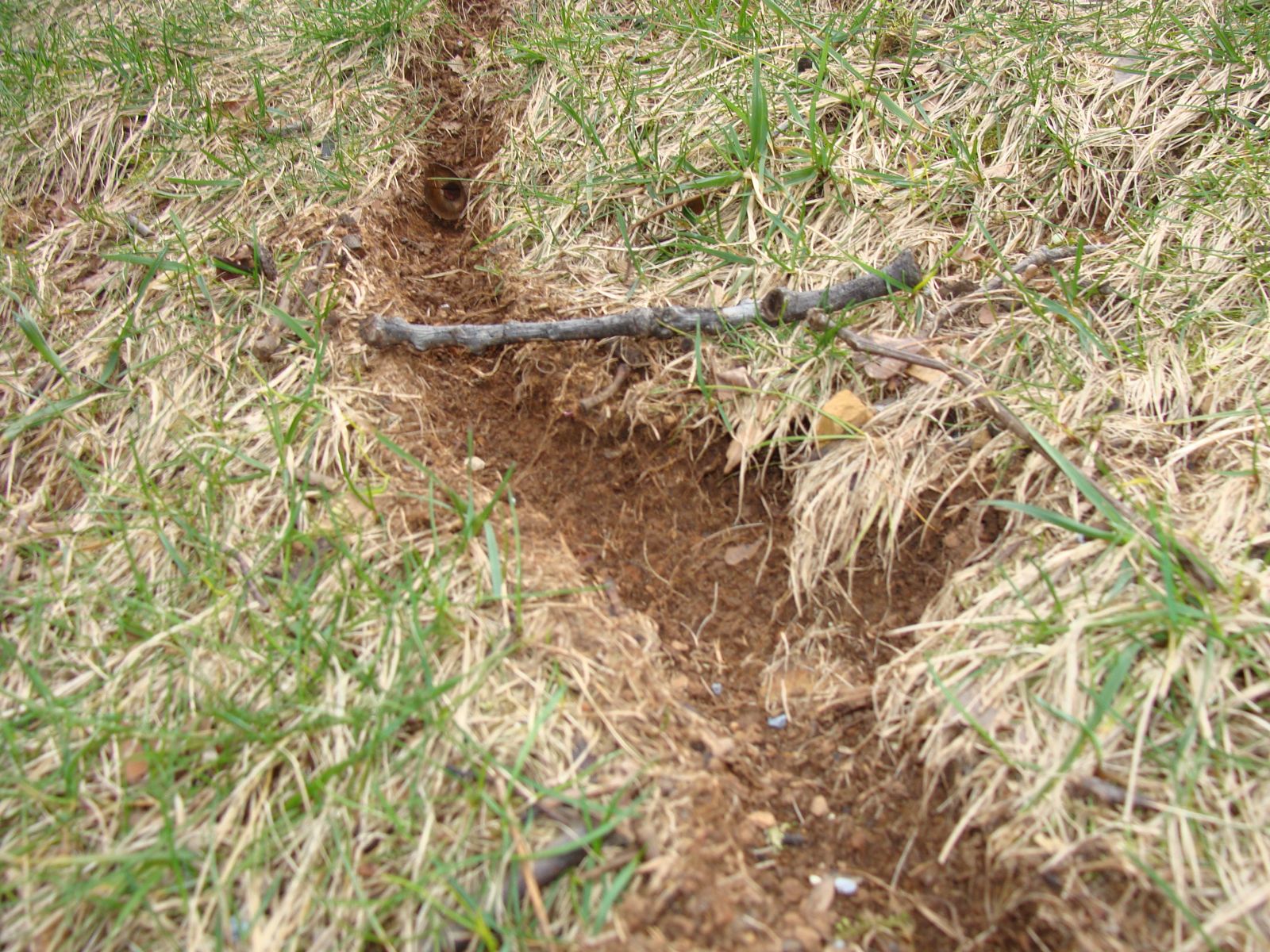Understanding Vole Lawn Damage and Just How to Combat It
Understanding Vole Lawn Damage and Just How to Combat It
Blog Article
Grasping Vole Parasite Control: Extensive Insights on Infestation Prevention and Therapy Techniques
By identifying the subtle signs of vole problem early on, we can take positive measures to stop extensive damage. In this conversation, we will discover the nuances of vole actions, delve right into the identification of invasion indications, and reveal the most reliable prevention and therapy methods.
Comprehending Vole Actions
Taking a look at the foraging patterns of voles supplies valuable insights right into their behavior and environment preferences. Voles, small rodents looking like computer mice, are herbivores recognized for their below ground tunneling tasks. By observing their foraging habits, researchers can acquire a much better understanding of where voles like to establish their habitats and the level of their ecological impact. Voles are respected breeders, with a solitary female with the ability of producing several clutters in a year, making it important to understand their behavior for reliable bug control strategies.
Research study indicates that voles show discerning feeding behaviors, liking origins, seeds, and roots. This dietary preference influences their foraging patterns, leading them to locations rich in plant life and ground cover. Additionally, voles are understood to develop sophisticated passage systems for foraging and nesting functions, suggesting a high level of adaptability to their surroundings.
Recognizing vole behavior is necessary for carrying out targeted bug control steps that disrupt their habitat preferences and foraging tasks (vole yard damage). By studying their habits, specialists can establish extra effective prevention and therapy techniques to manage vole problems

Identifying Indicators of Vole Invasion
Vole infestations can be discovered by acknowledging particular signs of their existence in an area. One of one of the most typical indicators of a vole problem is the existence of surface area runways. Voles develop networks of slim pathways on the ground that are generally around two inches broad. These paths are frequently found in verdant locations or beneath compost or ground cover where voles can relocate freely and look for food.
An additional key sign of vole invasion is the visibility of little burrow openings in the ground. Furthermore, voles are known to leave behind chewed plant stems, roots, and light bulbs near their burrow openings, suggesting their feeding activity in the area.
Finding these droppings along runways or near burrow openings can validate a vole invasion. By being watchful for these indications, building proprietors can immediately address vole infestations and protect against more damages.
Executing Proactive Prevention Measures

Additionally, using natural vole deterrents like castor oil-based repellents or killer urine can serve as effective safety nets. It is additionally suggested to frequently inspect exterior rooms for any indicators of vole task, such as paths or tunnel openings, to attend to potential infestations without delay. vole pest control. By embracing these aggressive avoidance methods, property proprietors can dramatically decrease the likelihood of vole damage and preserve the health and appearances of their landscapes
Efficient Therapy Strategies
Integrating targeted trapping approaches and using authorized rodenticides are important elements of efficient therapy approaches for managing vole infestations. Routine monitoring and upkeep are likewise crucial elements of effective treatment strategies to ensure that vole populations are kept under control. By incorporating capturing, rodenticides, environment modification, and regular monitoring, reliable vole pest control can be attained.
Tracking and Maintenance Tips
Normal tracking allows for the very early discovery of vole task, making it possible for punctual intervention before problems get worse. To properly check vole populaces, strategically placed traps can be utilized in vole runways or near burrow entries.
Furthermore, maintaining a well-kept and clean landscape is essential in vole avoidance. Clearing up away debris, such as heaps of wood or thick greenery, eliminates potential vole environments. Frequently cutting and cutting yards plant life helps in reducing vole concealing spots and decreases their accessibility to food sources.
Moreover, recurring upkeep of physical barriers, such as fencings or cable mesh, is important to avoid vole invasion. Inspecting and fixing any type of damages to these frameworks ensures that vole control remains effective in guarding residential or commercial properties from invasions. By integrating these tracking and upkeep practices right into an extensive vole parasite control vole control plan, people can successfully handle vole populations and secure their homes from damages.
Verdict
Finally, grasping vole pest control calls for a strong understanding of vole habits, the capability to determine signs of problem, implementing aggressive prevention actions, reliable therapy approaches, and constant tracking and upkeep. By taking a detailed technique to vole control, people can successfully handle and avoid invasions, eventually shielding their home and bordering atmosphere from damages caused by these little rats.
In this discussion, we will check out the nuances of vole behavior, dig into the recognition of infestation signs, and reveal the most effective prevention and therapy approaches.Including targeted capturing approaches and utilizing authorized rodenticides are vital components of efficient therapy methods for managing vole infestations. To efficiently keep track of vole populaces, purposefully positioned catches can be utilized in vole runways or near burrow entries. Examining and repairing any kind of problems to these frameworks ensures that vole control continues to be effective in securing homes from problems. By incorporating these monitoring and maintenance practices right into a thorough vole parasite control strategy, individuals can properly handle vole populations and safeguard their buildings from damages.
Report this page